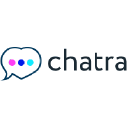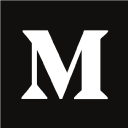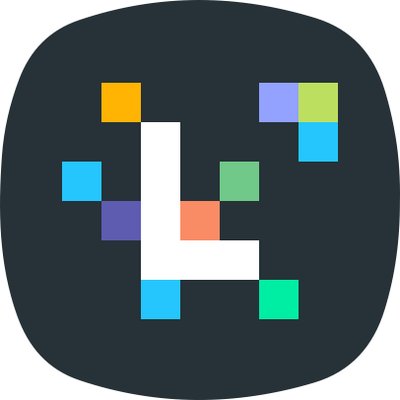How We Started A $10K/Month Design Studio
Hello! Who are you and what business did you start?
Hey, I’m Abb-d Choudhury, cofounder of Curate Labs, The Annual Digest and Driftime. We are a creative practice focused around ethical and sustainable design, an annual publication that champions good business, transparency, entrepreneurship and startup culture, and a travel platform that advocates conscious travel through editorial and interactive experiences.
I started the business back in 2016 with my partner Sara, and we’ve been going strength to strength for nearly 4 years. Since the beginning, we’ve been entirely bootstrapped, and have funded all our ventures with the support of client work over the years. Currently, the studio is the foreground of the business, with editorial being the supportive element.
We’re currently in the process of developing our experiences side and during the year, we’re aiming to shift our focus to be a culmination of service, experience, and editorial for travel, hospitality and lifestyle brands.

Download the report and join our email newsletter packed with business ideas and money-making opportunities, backed by real-life case studies.

Download the report and join our email newsletter packed with business ideas and money-making opportunities, backed by real-life case studies.

Download the report and join our email newsletter packed with business ideas and money-making opportunities, backed by real-life case studies.

Download the report and join our email newsletter packed with business ideas and money-making opportunities, backed by real-life case studies.

Download the report and join our email newsletter packed with business ideas and money-making opportunities, backed by real-life case studies.

Download the report and join our email newsletter packed with business ideas and money-making opportunities, backed by real-life case studies.

Download the report and join our email newsletter packed with business ideas and money-making opportunities, backed by real-life case studies.

Download the report and join our email newsletter packed with business ideas and money-making opportunities, backed by real-life case studies.






















